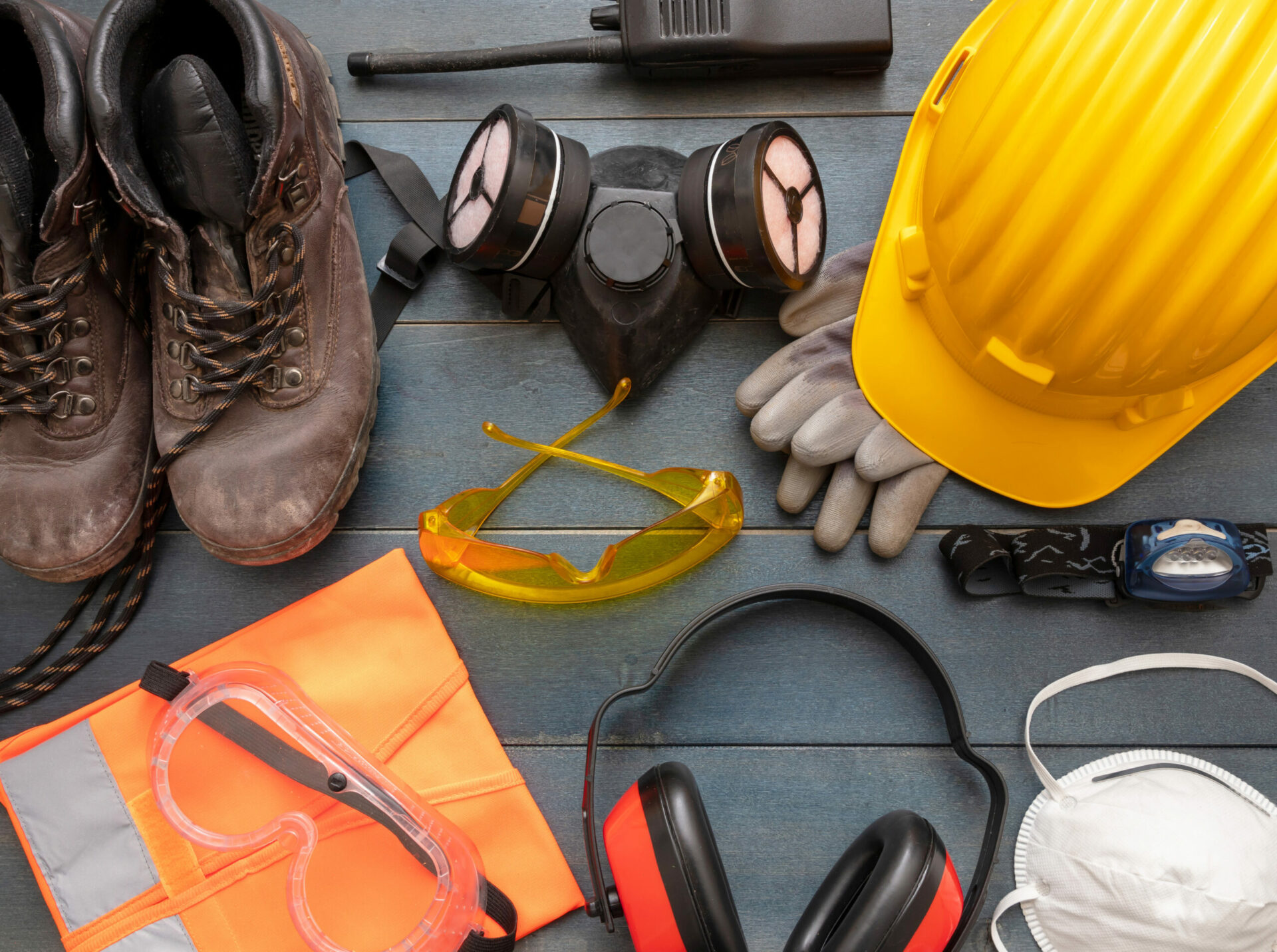Don’t forget the PPE. It will Save Your Life!
Personal Protective Equipment (PPE) can be easy to disregard, especially when you’ve done the same job for years and have never had an injury. You may even think to yourself: ‘I know how to work safe’, or ‘I don’t need to wear safety gear’ – but that attitude can be dangerous.
PPE is any clothing or equipment worn to minimize exposure to hazards that may cause serious workplace injuries resulting from contact with chemical, radiological, physical, electrical, mechanical, or other workplace hazards. It also might be a required element in the RAVS® section of your ISNetworld® account. Besides face shields, safety glasses, hard hats, and safety shoes, protective equipment includes a variety of devices and garments such as goggles, coveralls, gloves, vests, earplugs, and respirators.
Some common uses of PPE are to protect from head injuries, foot and leg injuries, eye injury, face Injuries, hearing loss, hand injuries and body injury as well as knowing when to wear respiratory protection.
The type of PPE you need to use depends on the job. This step is often overlooked by ‘safety coordinators’ or job site foremen. Oftentimes they select PPE without performing a workplace hazard assessment.
As an employer, you must assess your workplace to determine if hazards are present that require the use of personal protective equipment. If such hazards are present, you must:
- Select protective equipment and require workers to use it;
- Communicate your protective equipment selection decisions to your workers; and
- Select personal protective equipment that properly fits your workers
- Implement a written program that outlines the company’s personal protective equipment policy and procedures.
In addition to hazard assessment, a safety meeting is another great way to emphasize the importance of proper PPE selection, care, fit and use.
It is also important to perform regular inspections of your PPE to be sure it is in good working order. Any defective or damaged equipment shall not be used. So, before entering a job site, be sure to look closely at your PPE to make sure everything is still in good condition. Look for cracks, fraying ropes and wear and tear.
- Safety boots should be comfortable with enough toe space so that they don’t hurt your feet over long hours of work.
- Steel toe-capped boots are also available for those who work with machines where there is greater chance of accidents causing impact.
- Wearing gloves and safety glasses at work is required for most industrial and commercial jobs.
- Gloves should not allow your hands to slip when they get wet or sweaty, and there should be no holes in them because the sharp edges can still cut you through them if they’re damaged.
- Always replace any cracked or broken parts of your face mask to prevent inhalation of hazardous fumes and dust particles which may harm your lungs.
- Don’t wear jewelry that could fall off and cause injury.
- Always wear a hard hat on site (for industrial and commercial work) for protection from falling objects.
Every company must provide training to each employee who is required to use PPE. Affected employees must be trained in:
- When PPE is necessary;
- What PPE is necessary;
- How to properly don, doff, adjust, and wear PPE;
- The limitations of PPE; and
- The proper care, maintenance, useful life and disposal of the PPE
If you need a full comprehensive training on proper use of personal protective equipment, check out our in-house PPE Training program. Or check out our online training platform.
